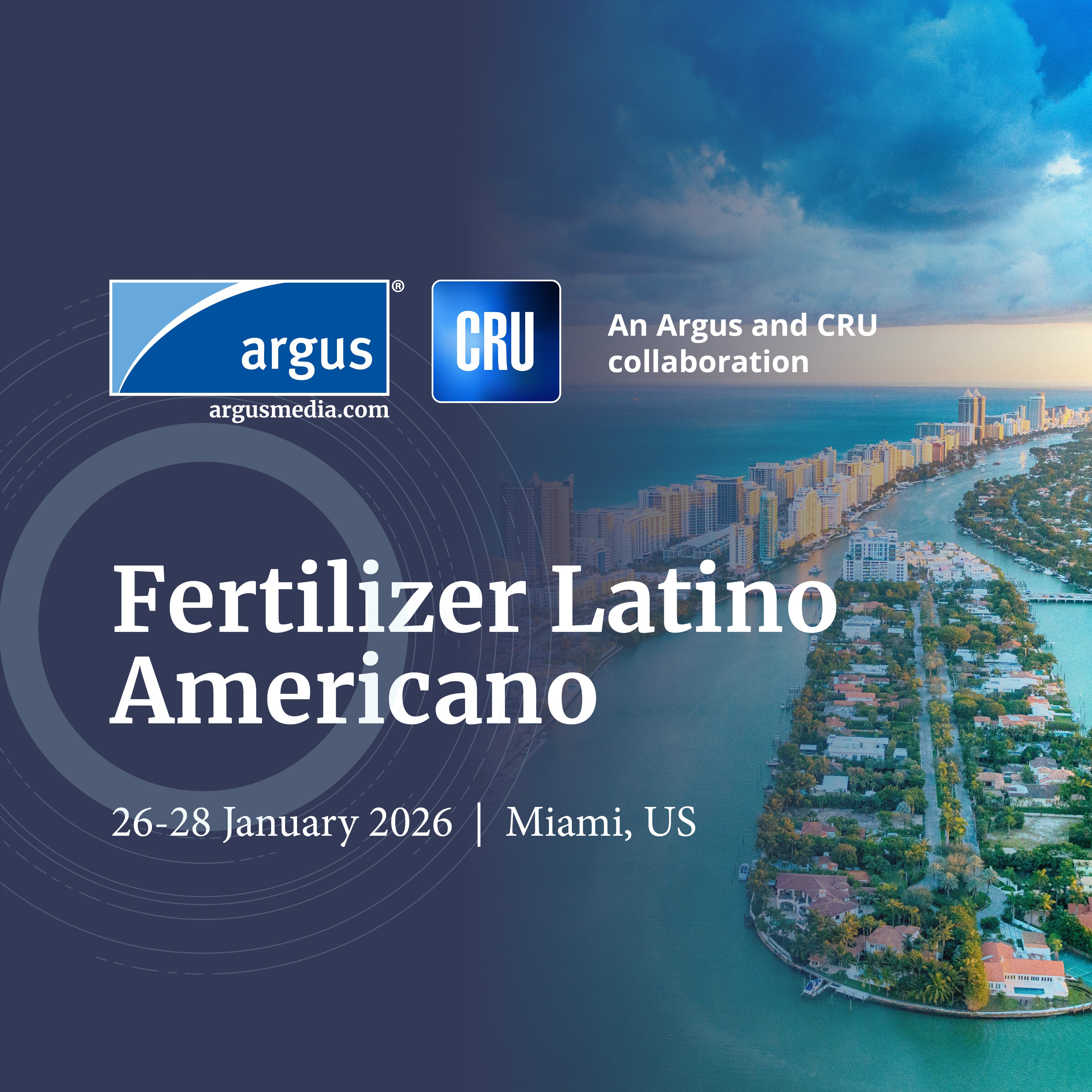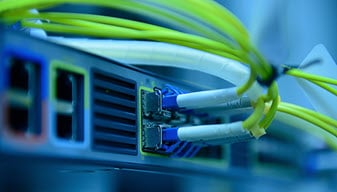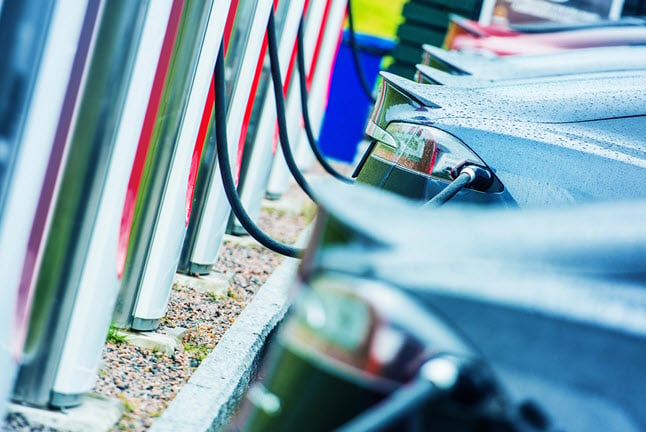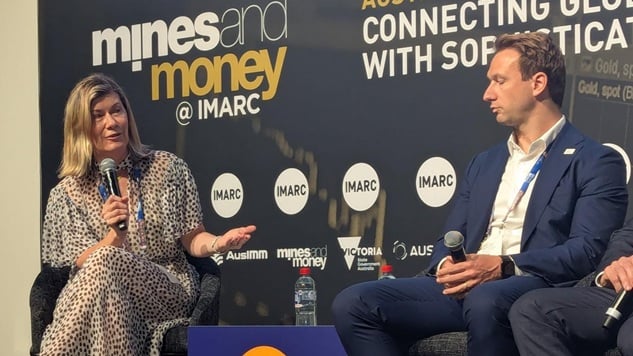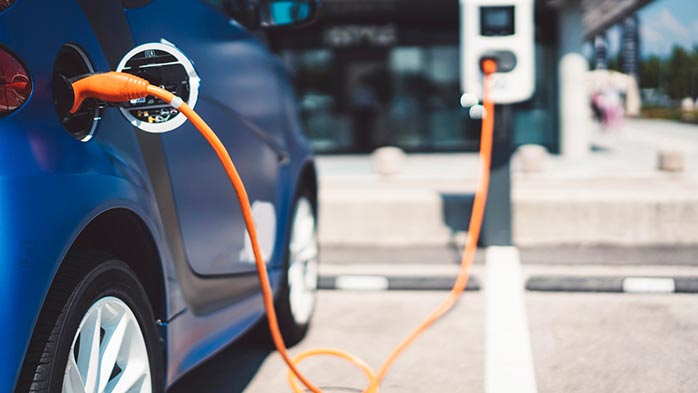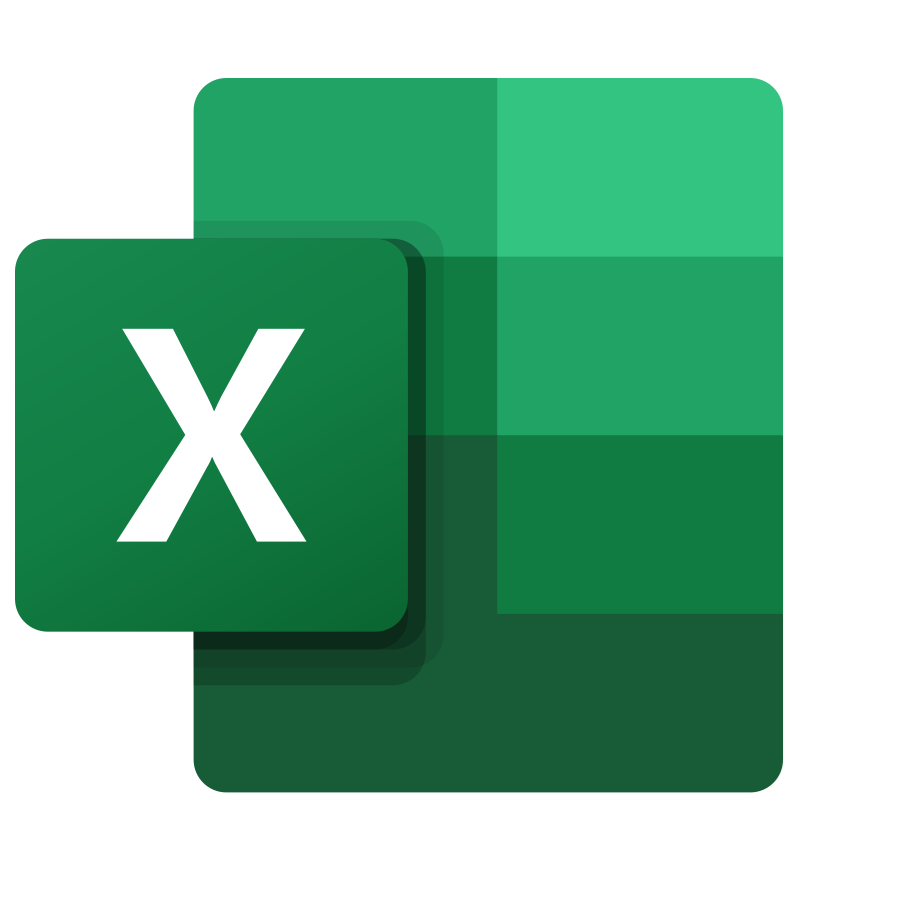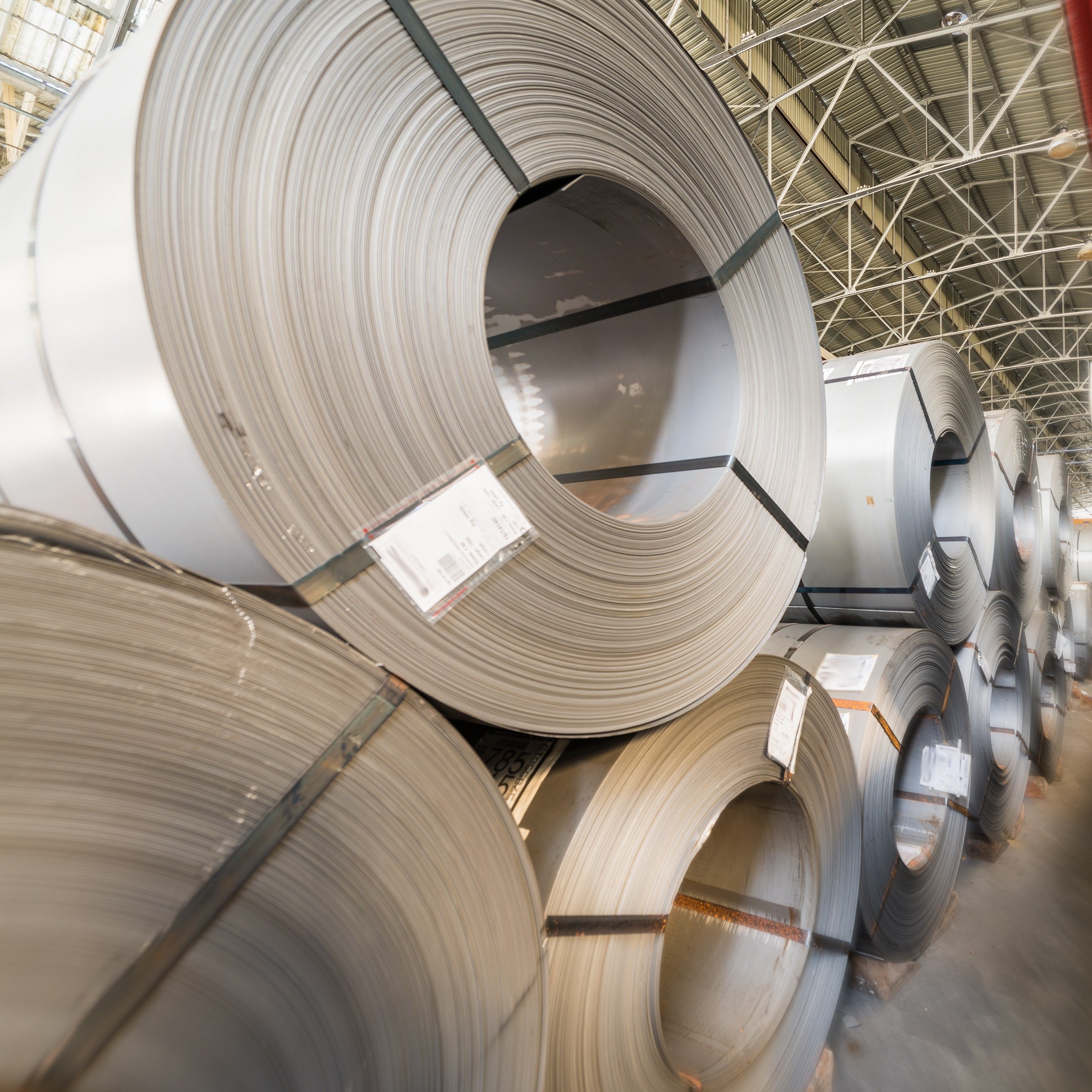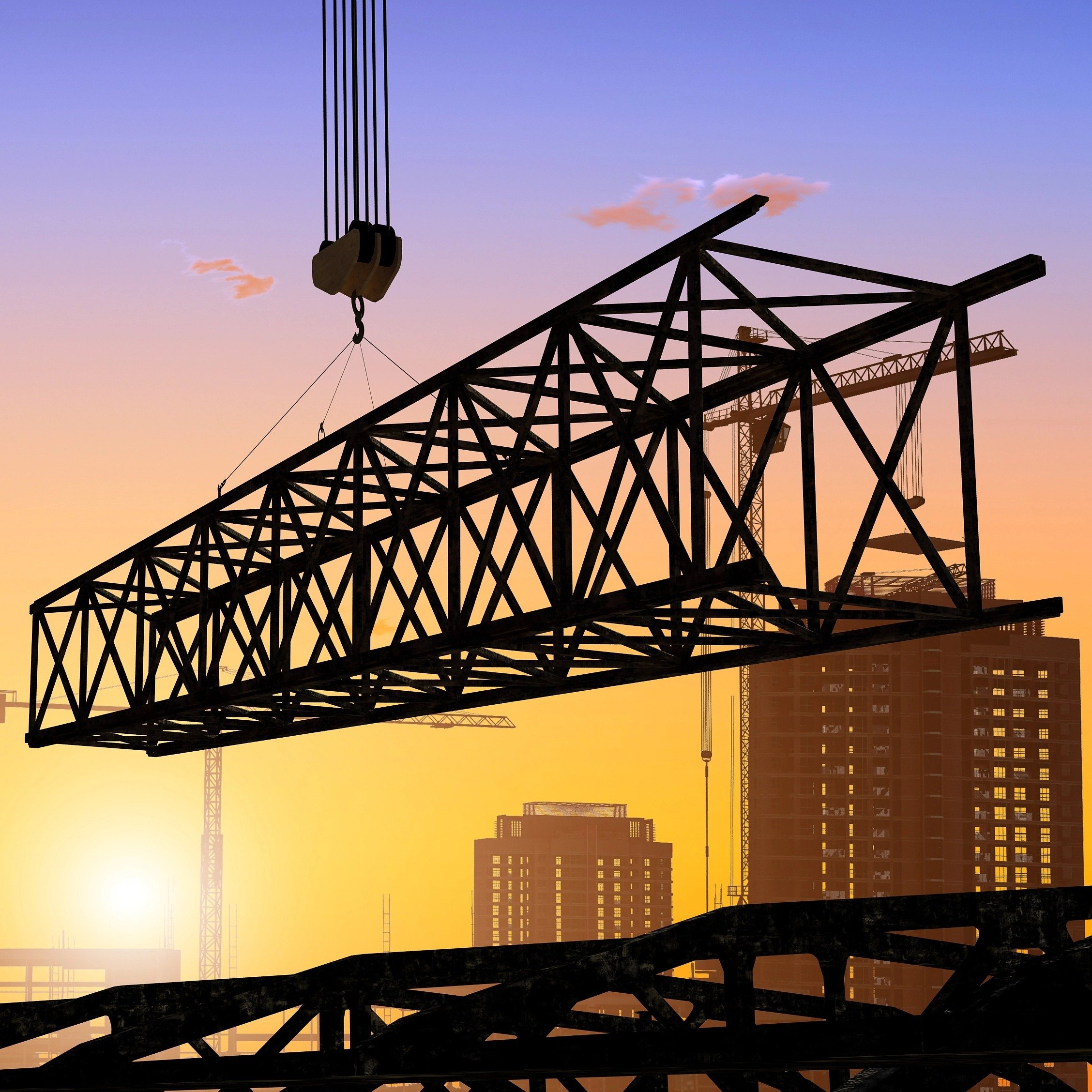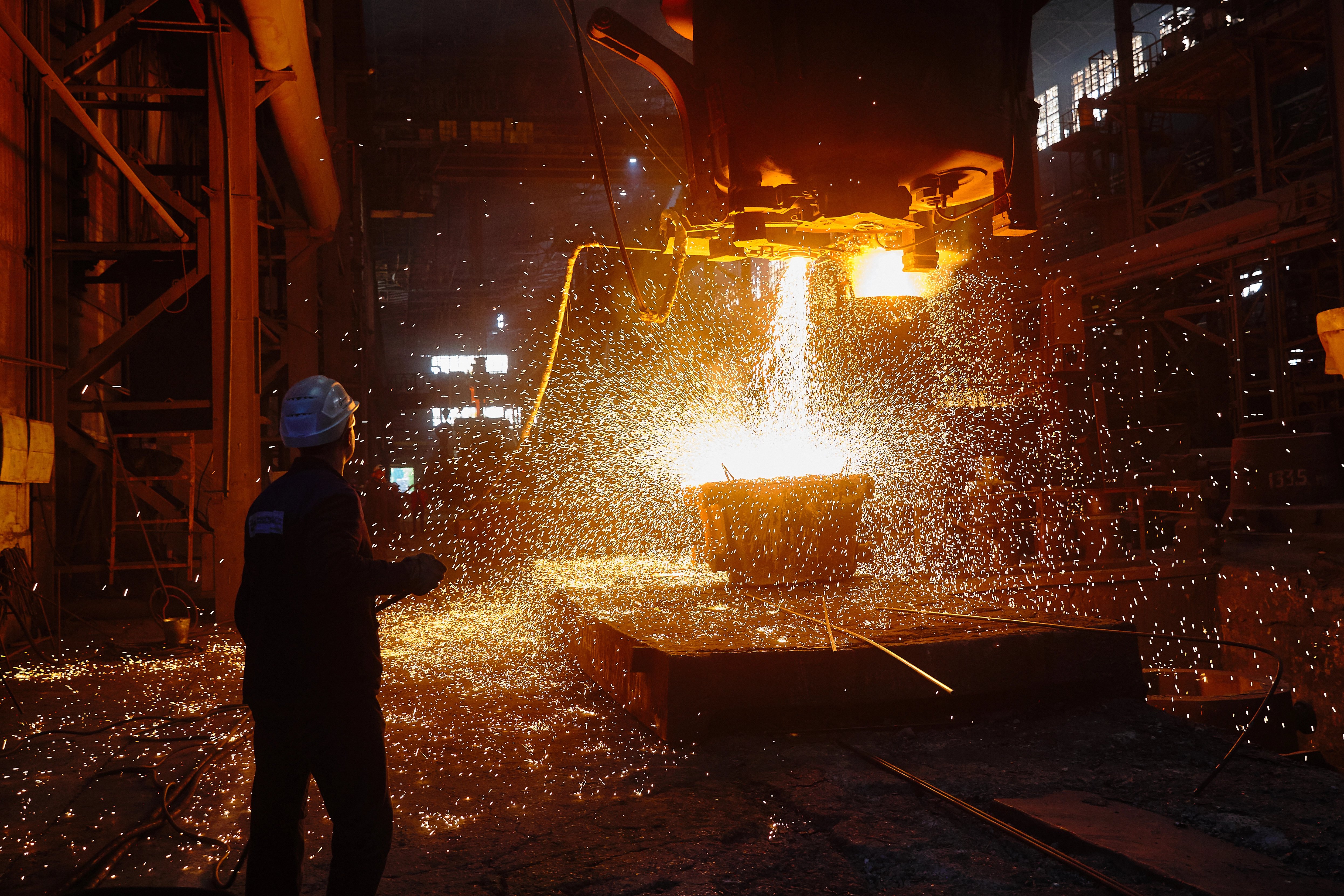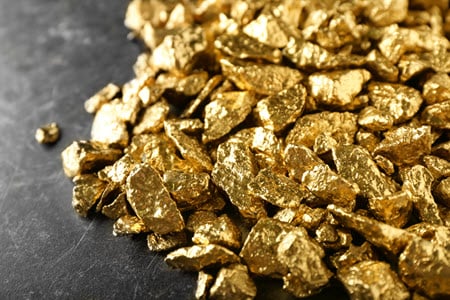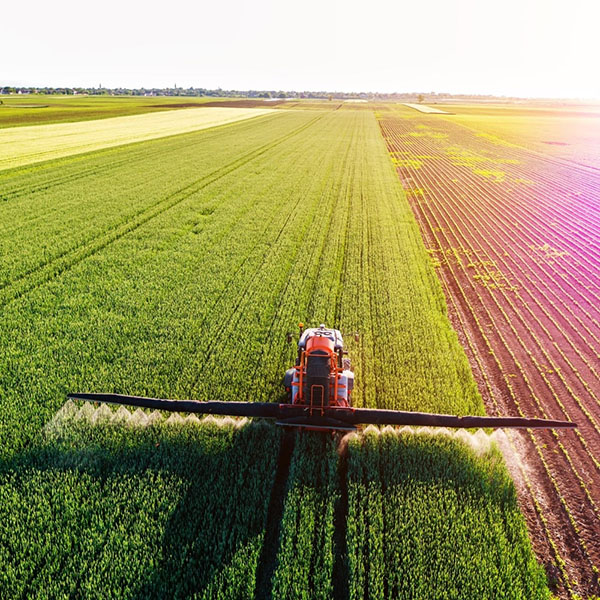Clean energy policy support in the US is rapidly unwinding and it has far-reaching consequences for the global battery value chain. EV tax credits face repeal, renewable energy projects are squeezed by tight deployment timelines, and battery makers and energy storage project owners must meet tougher rules to retain vital subsidies. Amid the policy and cost pressures, Korean battery producers – the incumbents in North America – are moving to localise lithium-iron-phosphate (LFP) batteries in the US and seize new market ground.
US tariffs and OBBBA: Battery content overview
Recap on US tariff changes
Since returning to office, President Trump has drastically hiked import tariffs.
Although the US is reasonably self-sufficient for EVs and automotive batteries, it lacks a domestic supply chain for:
- Key battery components such as cathode and anode active materials;
- LFP batteries – the dominant technology in battery energy storage systems (BESS) and of growing importance for affordability in EVs
As presented in the chart below, taken from CRU’s Battery Value Chain Service, the US remains heavily reliant on importing these from Asia. In particular, China dominates the global supply of LFP batteries and graphite anode material, while US-based battery manufacturers have been importing cathode active materials from South Korea and Japan.
The higher input costs are squeezing margins, reducing affordability and ultimately slowing EV adoption and BESS deployment.
One Big Beautiful Bill Act (OBBBA)
In our previous Insight (part 1), we highlighted how OBBBA changes existing IRA subsidies related to the battery value chain. Notably, by ending the EV tax credit and introducing the Prohibited Foreign Entity (PFE) framework and Material Assistance Cost Ratio (MACR) threshold to restrict US battery and energy storage projects from obtaining production and investment tax credits.
While PFEs are defined to exclude Chinese companies (as discussed in Part 1 of our Insight series) – whether through direct ownership, licensing, or financial agreements – from eligibility for 45X and 48E subsidies, the MACR threshold is established to gradually reduce the reliance on PFEs in the material supply chain, even if the project owner themself is a non-PFE.
Overall, the new disqualification and exemption rules shield existing US-based battery manufacturers and supply chains from immediate scrutiny. However, this relief lasts at most two years, as further details and clarifications are still pending.
US demand for EVs and energy storage is being pressured
Policies set to dampen US EV growth in the short- and long-term
Recent headwinds, including new tariffs and weakening consumer confidence, have already dampened BEV demand. 2025 Q2 marked the first year-on-year decline in the US BEV sales since 2021.
Watered down EPA emissions and fuel economy standards, as well as the impact of OBBBA (especially the early termination of the $7,500 consumer EV tax credit) will also impact long-term demand. Reduced subsidies and increased costs will likely be partially passed on to consumers.
Policies drive frontloaded BESS demand amid rising future hurdles
Most US project developers had already begun stockpiling in 2024 Q4 ahead of anticipated tariff hikes, helping to drive a 70% y/y increase in US energy storage commissioning between January and May 2025 – even as trade data shows Chinese battery exports to the US dropped sharply in May following the tariff hike.
The temporary US tariff pause and the OBBBA’s construction start date exemption have incentivised BESS developers to front-load purchases and stockpile inventory, triggering a demand surge in 2025.
However, with repeated tariff hikes and rollbacks, Chinese battery makers will ultimately pass on rising costs to BESS buyers. Further compounding this uncertainty is the planned phase-out of solar and wind project's ITC credit, which could dampen the pipeline for co-located projects. As presented in the chart below, taken from CRU’s Energy Storage Service, combined with the still-nascent state of US domestic ESS manufacturing, this casts a shadow over the long-term BESS demand outlook for what was once the world’s second-fastest growing storage market after China.
What do the policy changes mean for different manufacturers?
Energy storage project developers
Besides front-loading orders of energy storage batteries from China, some developers have already paused or cancelled contracts. For those looking to raise the return on their investments, the options could include selling energy in other market segments, raising power prices, pushbacks on supply pricing or lower equity returns.
A long-term strategy will almost certainly involve sourcing from (currently nascent) domestic ESS battery producers. However, despite continued efforts of Korean-origin producers to expand ESS battery production, the US domestic supply gap will persist through to 2030.
Significant technical and cost hurdles remain for Korean producers to retool EV battery lines for ESS. For instance, LGES’s Lansing plant produces low-capacity pouch cells, which are poorly suited for grid-scale storage that typically uses much larger prismatic cells. As a result, such converted lines are likely to be confined to small-scale markets.
To address this, Korean producers are planning to move into prismatic cells, but it will take time to scale up ESS production to match more established competitors, who will not stand still in the meantime.
As a result, most US BESS integrators will opt to continue importing LFP cells.
EV producers
With the loss of EV purchase tax credits, CAFE credit revenues, and increased tariff costs, automakers must lower procurement costs and EV prices to maintain EV affordability and profitability.
On the bright side, the US has built domestic EV battery capacity that is more than sufficient for North Amercian demand. By using batteries eligible for 45X tax credits, EV makers could be less exposed to tariff changes on batteries than ESS project developers. As a result, we expect more EV producers to shift orders to non-PFE, US-based battery manufacturers in the long term.
Automakers also need to accelerate the adoption of more cost-efficient battery technologies such as LFP and the release of more affordable models.
Battery producers
The PFE rules and tariffs have strengthened the relative cost-competitiveness of US-based battery manufacturers over Chinese peers. Based on CRU’s Battery Technology & Cost Model, despite weaker EV demand prompting investment delays, existing capacity continues to benefit from 45X, provided PFE requirements are met, which offers a clear cost advantage over Chinese suppliers impacted by tariffs.
Previously focused on ternary chemistries, Korean battery producers had limited exposure to LFP batteries where China held a dominant position with cost advantages. However, the various tariffs, combined with the disqualification of Chinese-linked projects from 45X, have shifted the economics. Domestic LFP production is now more cost-competitive, positioning Korean-owned US plants at the low end of the cost curve.
All three Korean battery giants have shifted their focus to retooling existing NMC battery lines (not limited to joint venture plants with automakers) for LFP production. This is aimed to replace Chinese companies’ role in supplying ESS cells and jointly developing LFP EV models with automakers.
The sourcing of non-PFE LFP cathode is critical to qualify for 45X, as it accounts for nearly 55% of direct battery material costs. LGES has gained an edge in securing its cathode supply from the only major operating LFP plant – PT LBM, a Chinese company based in Indonesia – while SK On signed a LFP supply contract with less experienced Korean producer L&F.
On the other hand, Chinese battery producers are facing unavoidable barriers for entering the US market, as strict PFE restrictions on company investments and licensing have effectively blocked their US projects from receiving 45X credits.
Chinese-origin companies classified as PFEs may have to transfer ownership of their US battery projects or scale back their capacity plans. Otherwise, without the tax credit, the cost of producing ESS battery cells in the US could be higher than direct imports from Southeast Asia or even China, under the current reciprocal tariff regime.
Chinese battery producers previously viewed the License Royalty Service (LRS) model as a pathway to access US market. However, under the OBBBA, while existing licensing agreements are exempted from PFE scrutiny (such as Ford-CATL), new LRS contracts may be deemed as effective control and could lose the 45X credits.
Southeast Asian countries are becoming attractive hubs for Chinese companies expanding overseas, offering lower US tariff risk, low labor costs and strong infrastructure.
Battery component producers
Compared to the Biden-era Foreign Entity of Concern rule under Section 30D, the OBBBA adopts a more gradual approach by introducing increasing thresholds over time for Chinese-origin battery components and material usage.
In the short term, this eases restrictions on Chinese battery materials such as cathode and precursors. However, as the 45X tax credit solidifies its position as the lifeline for US-based battery manufacturers, companies are actively securing non-PFE battery components and critical minerals to meet the material sourcing requirements through:
- Directly procurement from ex. China players.
- Equity investment in Chinese-owned overseas projects to dilute PFE’s ownership
The termination of the 30D credit negatively impacts Korean ternary p/CAM producers in two ways – not only are they facing weakened end demand, but they also lose the preferential advantage under the Free Trade Agreements (FTA). As a result, the higher production costs of Korean ternary p/CAM production can no longer be offset by FTA compliance.
Instead, Indonesia has emerged as a more attractive destination due to cost savings from labor and integrated ore-to-MHP production. This approach aligns with the priorities of South Korean producers struggling with profitability.
Chinese ternary pCAM producers have been establishing production in Indonesia. To meet PFE requirements, they need to introduce new investors to reduce Chinese ownership.
At the same time, Chinese LFP producers face additional hurdles in expanding overseas due to China’s export restrictions on high-end LFP technologies. This opens up opportunities for Korean cathode producers to develop their LFP cathode products, but until they can reach mass production, the status quo of sourcing LFP from Chinese companies remains.
For more information on policies, battery costs and technology, materials supply and demand dynamic across the value chain, please get in touch to learn more about CRU’s Battery Value Chain Service.




